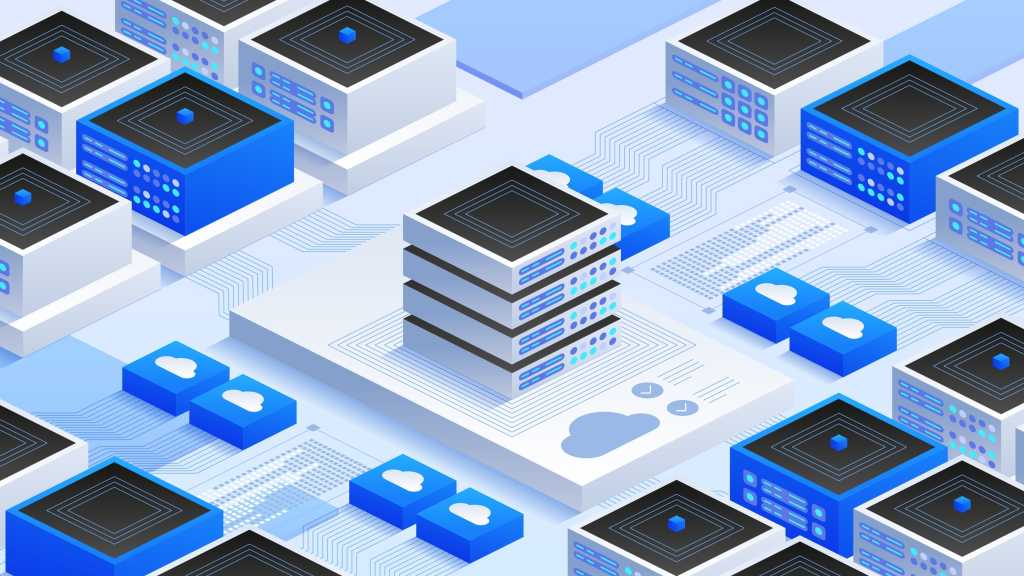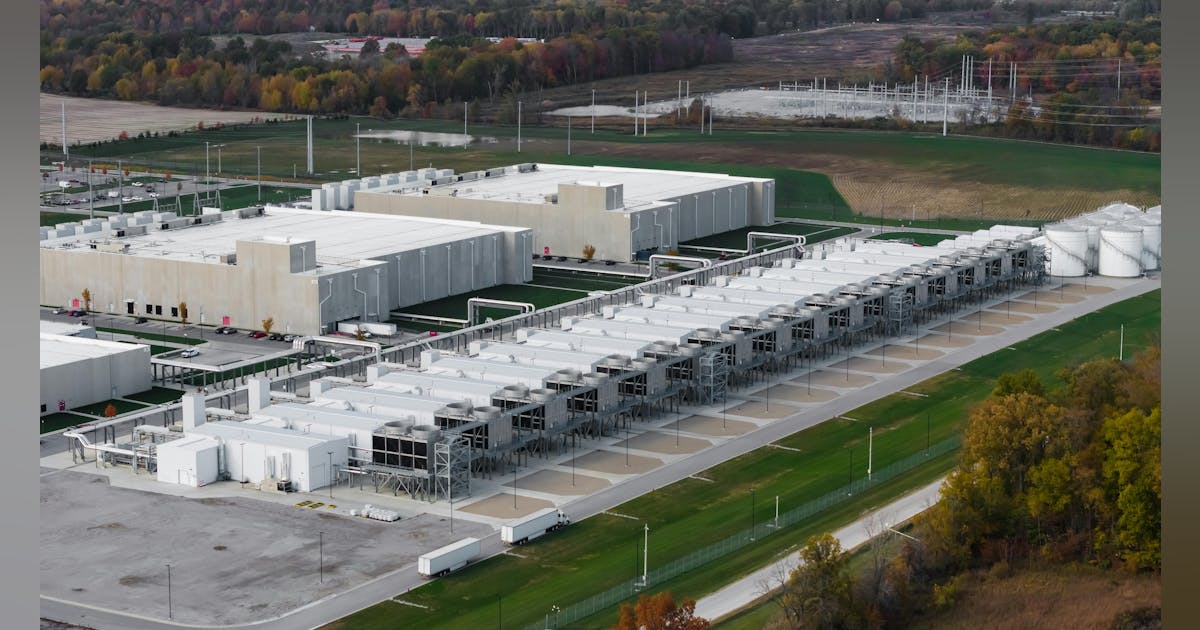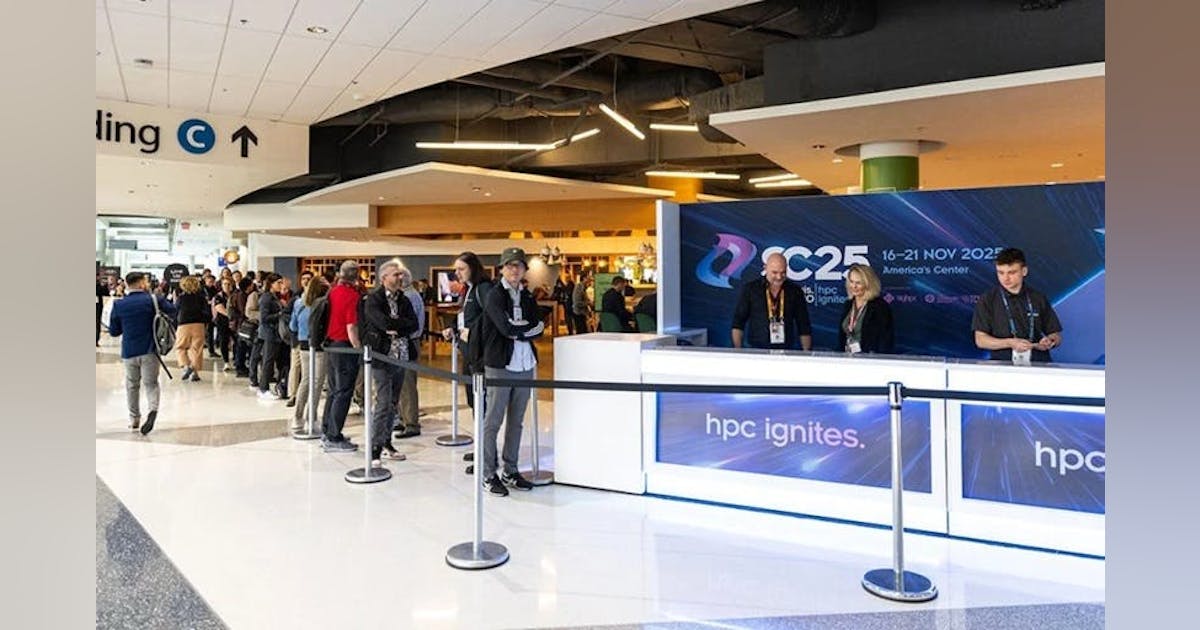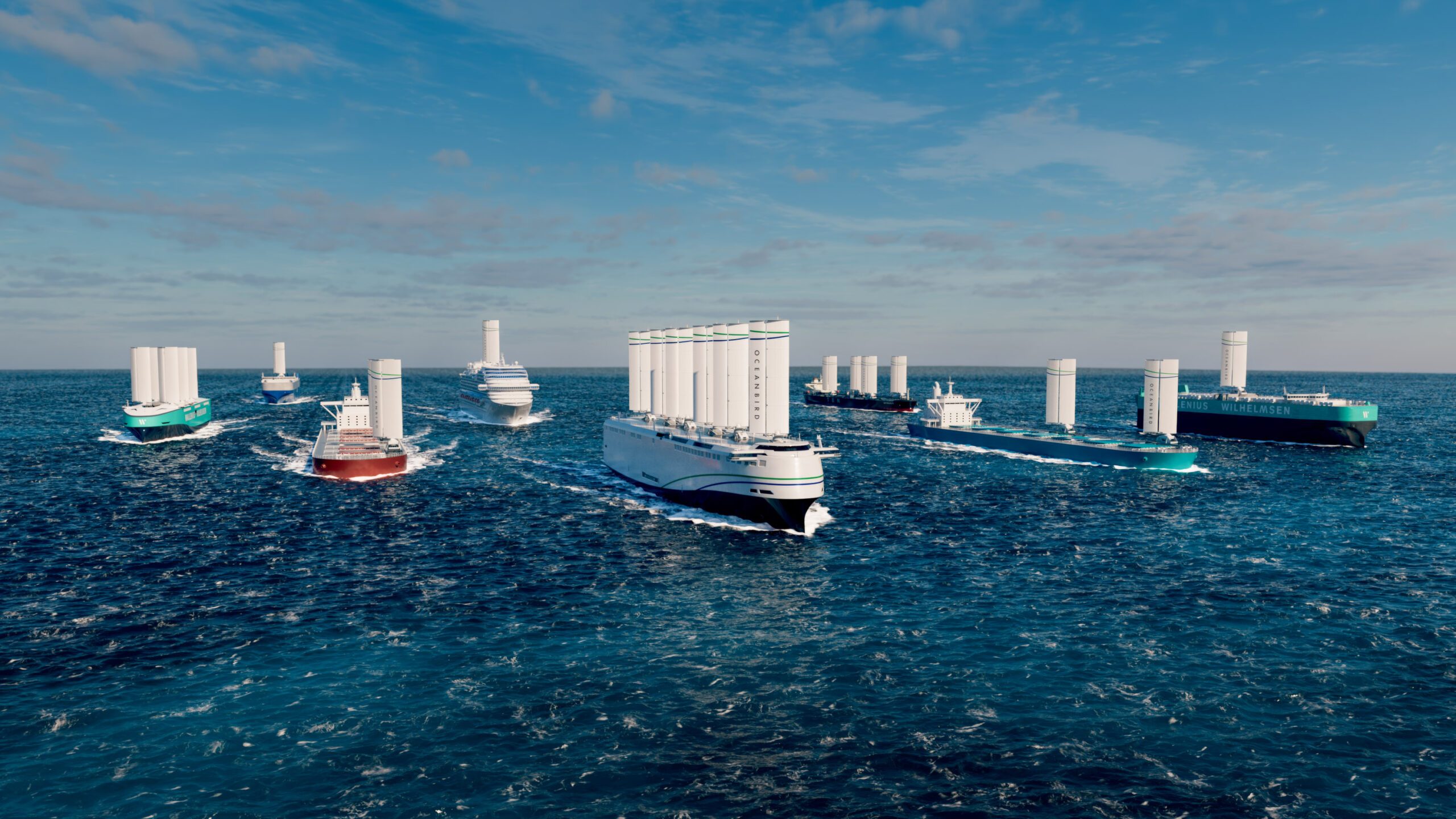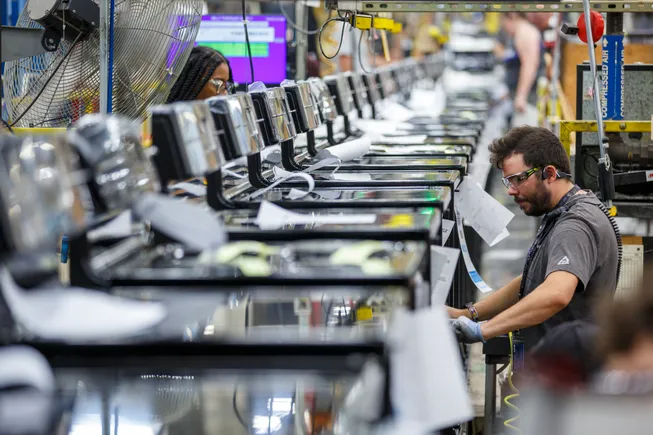
The U.S. Department of Energy will postpone the implementation of several appliance energy efficiency standards finalized by the Biden administration, the agency said Feb. 14. The natural gas sector hailed the decision as a win for consumer choice while efficiency advocates warn the decision could add billions to utility bills.
DOE in December estimated that the stronger appliance standards would save consumers about $1 trillion and cut emissions by 2.5 billion metric tons over three decades. But Trump’s policies favor less regulation, and the Project 2025 platform created by the Heritage Foundation and shaped by numerous previous and current Trump administration officials, called for eliminating appliance standards completely.
“A top priority for President Trump is lowering costs for American families,” Energy Secretary Chris Wright said in a statement. “Today’s announcement will foster consumer choice and lower prices … the people, not the government, should be choosing the home appliances and products they want at prices they can afford.”
Under Biden, the DOE’s appliance efficiency program boosted the standards for more than two dozen product classes, though the implementation of those standards for some appliances are still years away. DOE’s decision this month postpones implementation of new standards for central air conditioners, clothes washers and dryers, general service lamps, walk-in coolers and freezers, gas instantaneous water heaters, commercial refrigeration equipment, and air compressors.
The Energy Policy and Conservation Act says DOE must review appliance efficiency standards every six years.
DOE also said it will create a new energy efficiency category for natural gas tankless water heaters, exempting them from “onerous rules.” Under Biden, the agency in December published a final rule that opponents said would essentially ban some types of water heaters.
The National Association of Home Builders said it “strongly supports congressional resolutions introduced in both chambers of Congress that seek to block the Biden administration’s recent attempt to ban natural gas water heaters.”
“As the primary energy source for millions of American homes, natural gas plays a critical role in ensuring affordable and reliable energy. This rule’s impact on the water heater market could set a dangerous precedent for further restrictions on natural gas appliances, ultimately making it harder for home owners to maintain affordable living standards,” NAHB Chairman Carl Harris said.
Efficiency advocates say the DOE’s decision will wind up costing consumers money.
“Efficiency standards updated in recent years will save the average household more than $100 every year while ensuring a wide range of high-performing product choices. Any effort to undo these protections is only going to raise families’ costs,” Andrew deLaski, executive director of the Appliance Standards Awareness Project, said.


